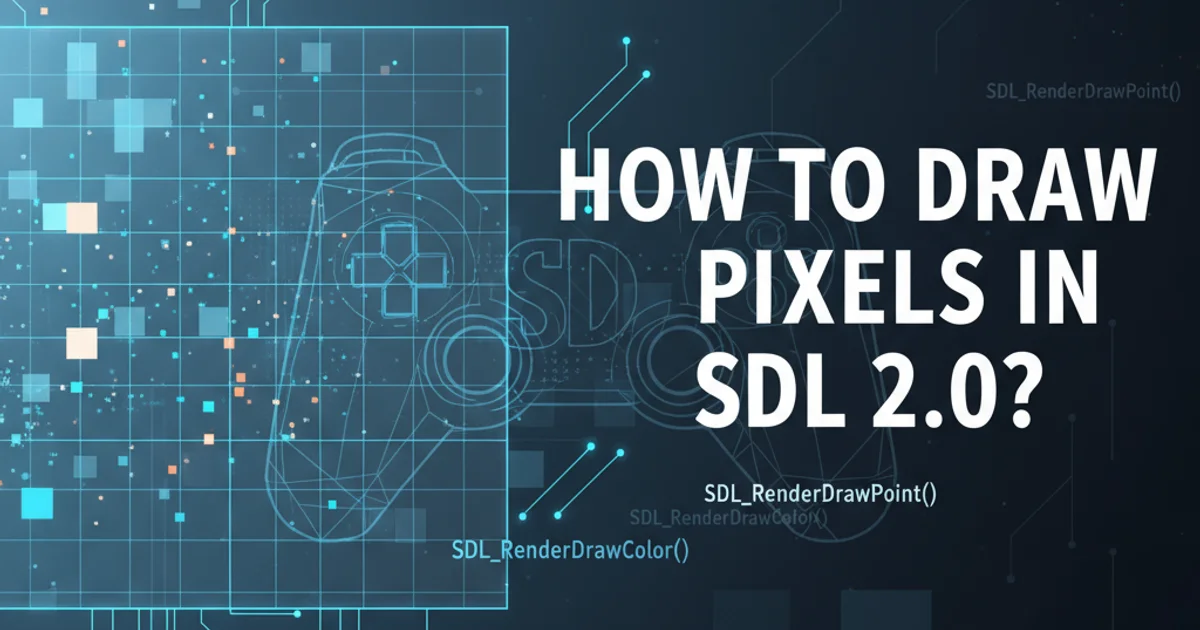How to check SQL Server version
Categories:
How to Check Your SQL Server Version and Edition

Learn various methods to accurately identify the version, edition, and build number of your SQL Server instance, crucial for compatibility, troubleshooting, and licensing.
Knowing the exact version and edition of your SQL Server instance is fundamental for database administrators, developers, and IT professionals. This information is vital for several reasons, including applying correct service packs and cumulative updates, ensuring software compatibility, troubleshooting specific issues, and managing licensing requirements. This article will guide you through multiple reliable methods to retrieve this critical information, catering to different scenarios and access levels.
Understanding SQL Server Version Information
SQL Server version information typically consists of several key components:
- Major Version: Indicates the main release (e.g., 2008, 2012, 2019).
- Build Number: A unique identifier for a specific release, including service packs and cumulative updates.
- Edition: Specifies the feature set and licensing model (e.g., Enterprise, Standard, Express, Developer).
- Product Level: Describes the service pack or cumulative update applied (e.g., RTM, SP1, CU1).
Understanding these components helps you pinpoint the exact state of your SQL Server installation. For instance, SQL Server 2008 R2 SP2 is different from SQL Server 2008 R2 SP3, and these differences can impact functionality and bug fixes.
flowchart TD
A[Start: Need SQL Server Version?] --> B{Access to SQL Server Management Studio (SSMS)?}
B -- Yes --> C[Method 1: SSMS Object Explorer]
B -- No --> D{Can Execute SQL Queries?}
D -- Yes --> E[Method 2: @@VERSION or SERVERPROPERTY]
D -- No --> F{Access to Error Log?}
F -- Yes --> G[Method 3: SQL Server Error Log]
F -- No --> H{Access to Registry?}
H -- Yes --> I[Method 4: Registry Editor]
I -- No --> J[End: Limited Options, Consult Admin]Decision flow for checking SQL Server version
Method 1: Using SQL Server Management Studio (SSMS)
This is often the easiest and most common method if you have SSMS installed and can connect to the SQL Server instance. The version information is readily available in the Object Explorer details.
1. Connect to the Server
Open SQL Server Management Studio and connect to the desired SQL Server instance.
2. View Server Properties
In the Object Explorer, right-click on the server instance name (the top-level node) and select 'Properties'.
3. Locate Version Information
In the 'Server Properties' window, navigate to the 'General' page. You will find the 'Product version' and 'Product edition' listed there. The product version will typically include the major version and build number.
Method 2: Executing T-SQL Queries
T-SQL queries provide the most precise and programmatic way to retrieve SQL Server version details. This method is ideal for scripting, remote checks, or when SSMS is not available or preferred.
Using @@VERSION
SELECT @@VERSION;
This query returns a single string containing comprehensive information about the SQL Server version, processor architecture, build date, and edition. It's a quick way to get a full overview.
Using SERVERPROPERTY
SELECT
SERVERPROPERTY('ProductVersion') AS ProductVersion,
SERVERPROPERTY('ProductLevel') AS ProductLevel,
SERVERPROPERTY('Edition') AS Edition,
SERVERPROPERTY('EngineEdition') AS EngineEdition,
SERVERPROPERTY('InstanceName') AS InstanceName,
SERVERPROPERTY('MachineName') AS MachineName;
This query uses the SERVERPROPERTY function to retrieve individual pieces of information, making it easier to parse and use specific details. ProductVersion gives the major version and build number, ProductLevel indicates the service pack/CU, and Edition specifies the SQL Server edition.
SERVERPROPERTY('ProductVersion') is generally preferred over parsing @@VERSION for specific version components, as it provides structured output.Method 3: Checking the SQL Server Error Log
The SQL Server Error Log records detailed information about the server instance upon startup, including its version. This method is useful if you cannot connect to the instance directly but have access to the server's file system where the logs are stored.
1. Locate Error Log Files
The default location for SQL Server error logs is C:\Program Files\Microsoft SQL Server\MSSQL.X\MSSQL\Log\ERRORLOG, where MSSQL.X corresponds to your instance ID (e.g., MSSQL10.MSSQLSERVER for SQL Server 2008 R2 default instance).
2. Open the Latest Log
Open the ERRORLOG file (the one without a number suffix) using a text editor like Notepad.
3. Search for Version Information
Search for the string 'Microsoft SQL Server' or 'Copyright'. The first few lines of the log file typically contain the full version and edition information, similar to the output of @@VERSION.